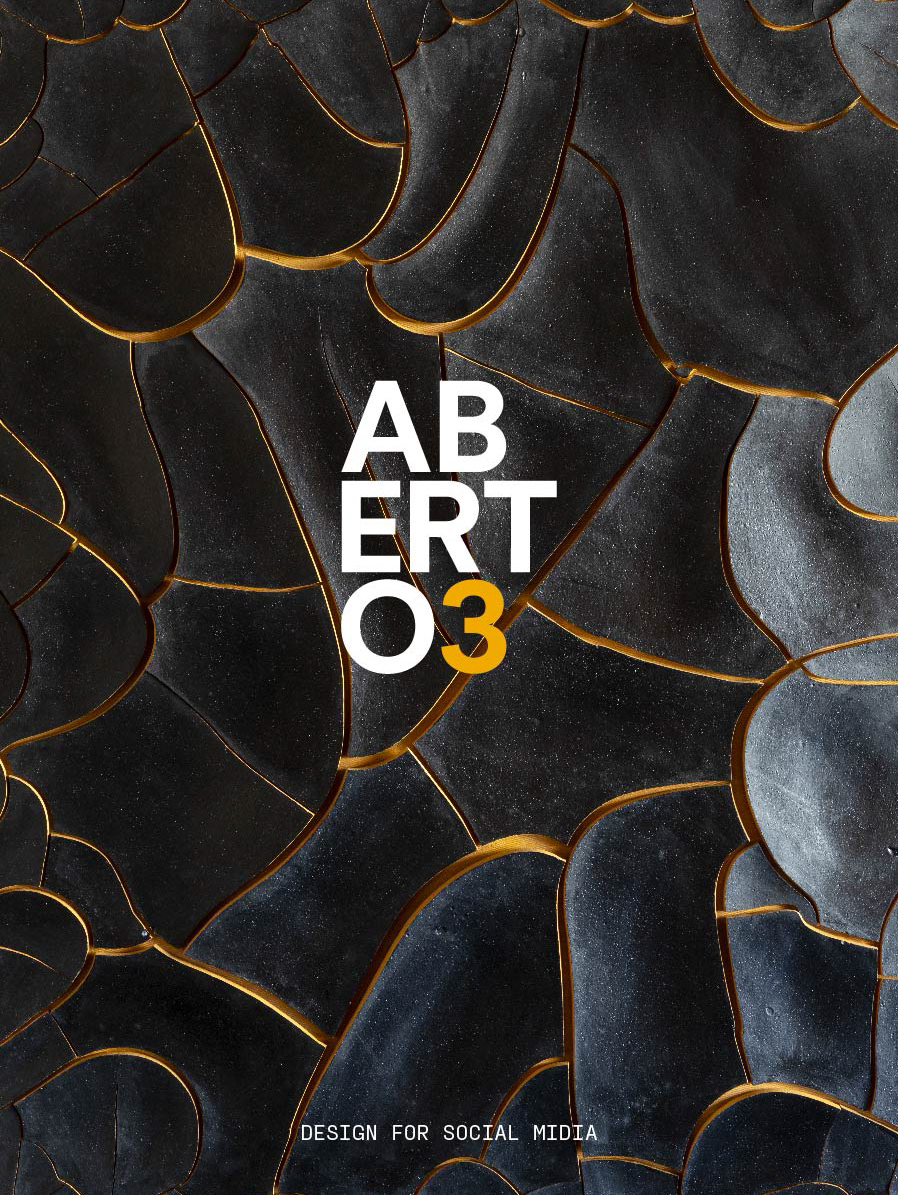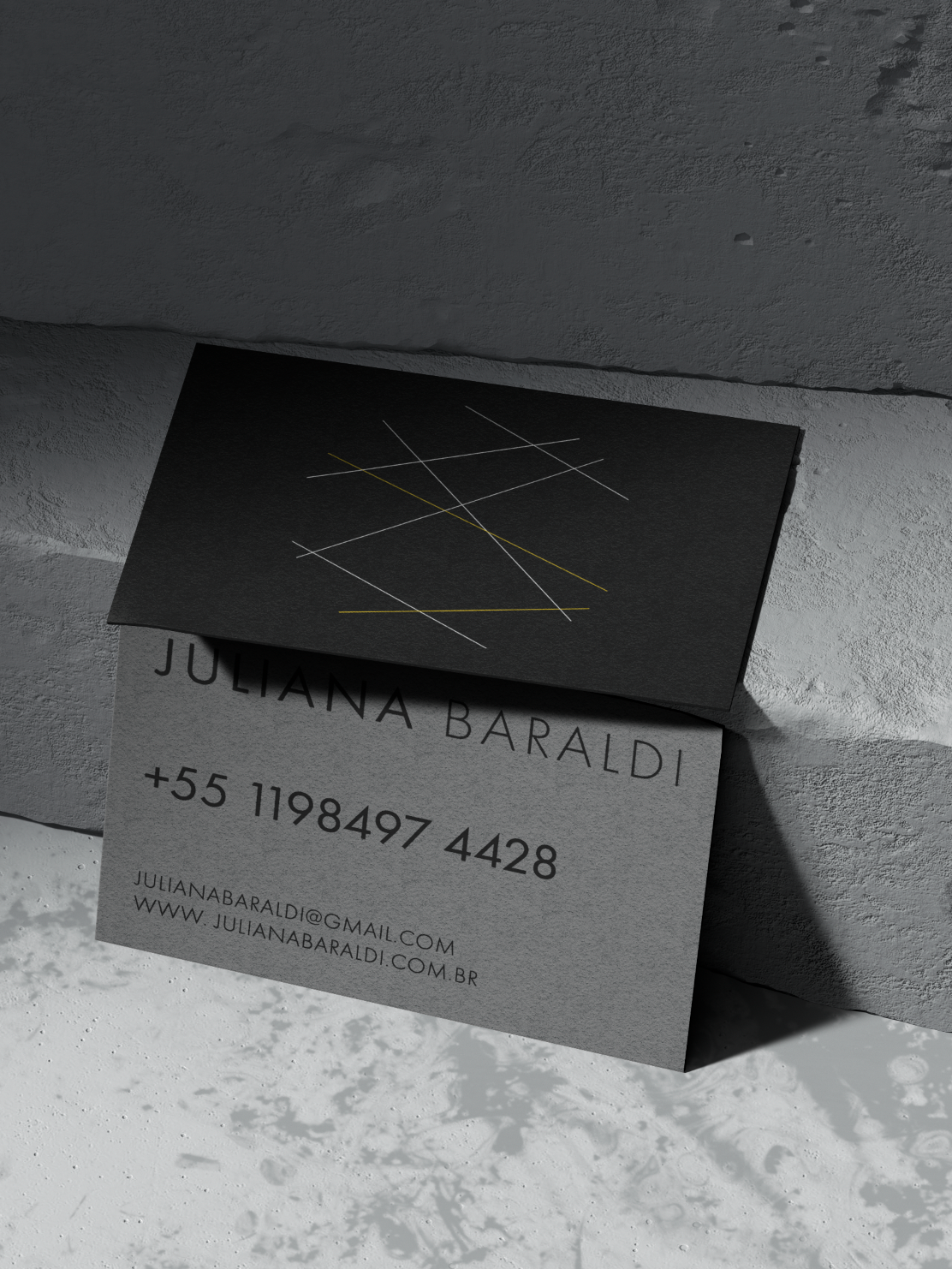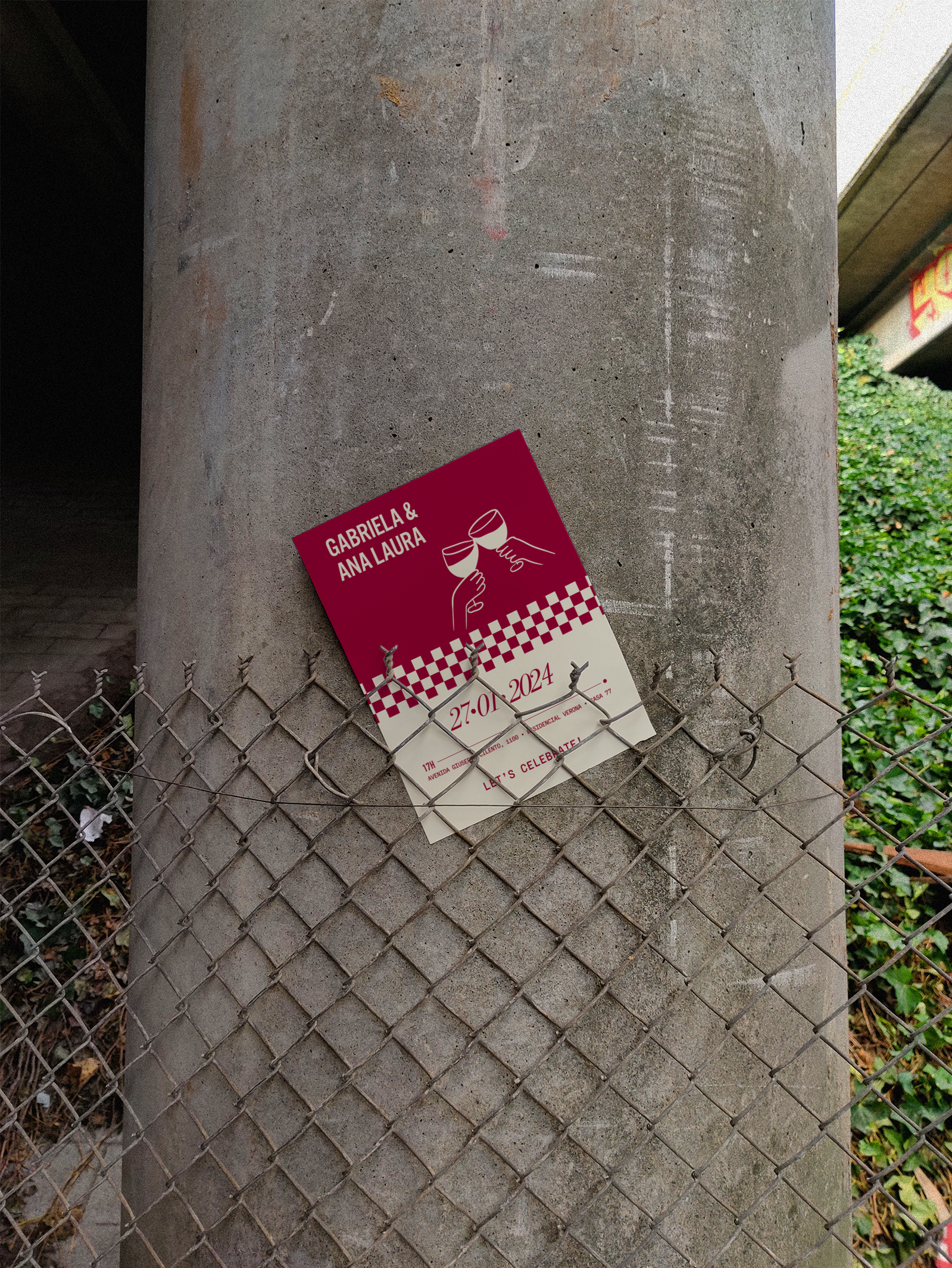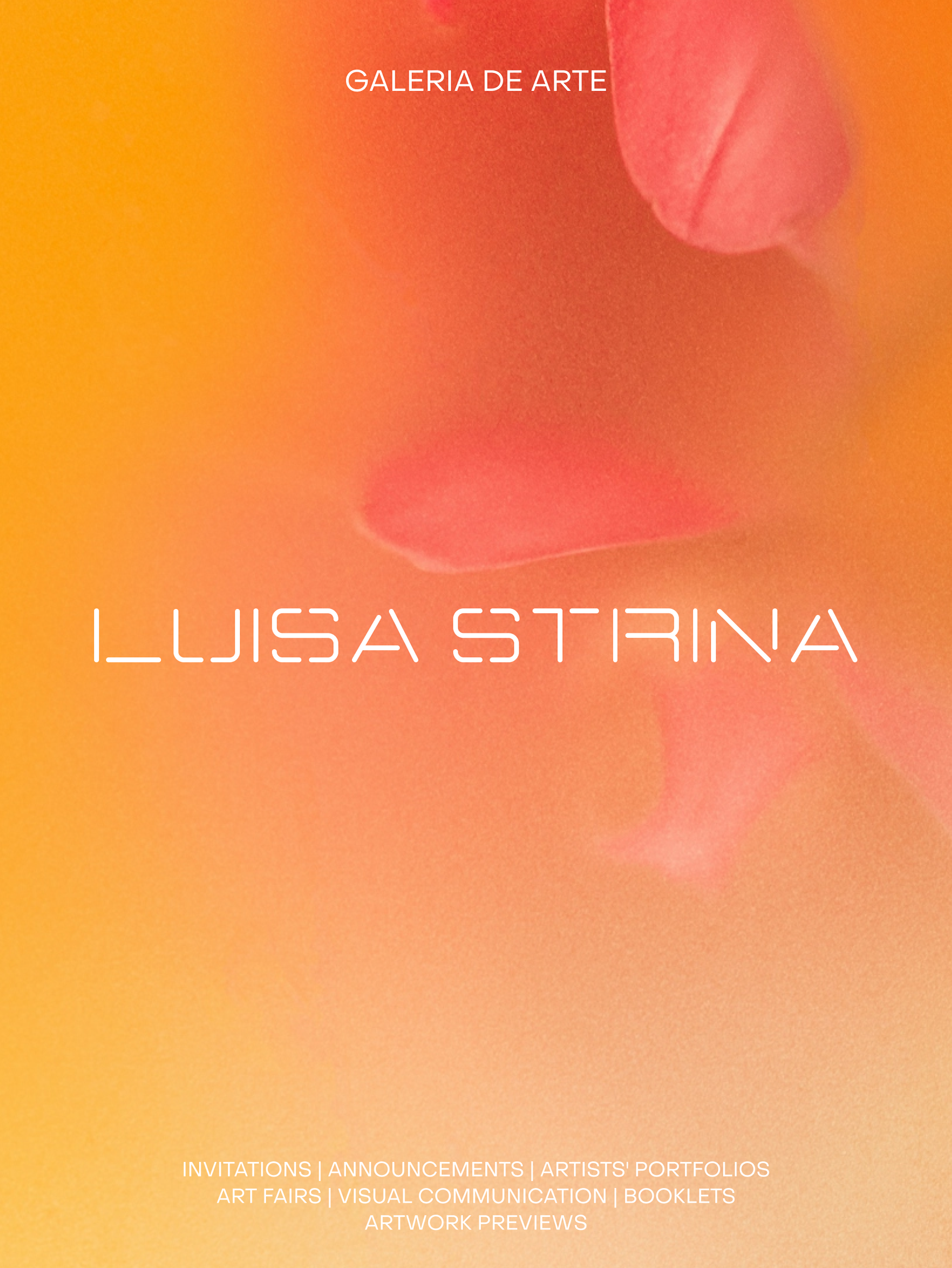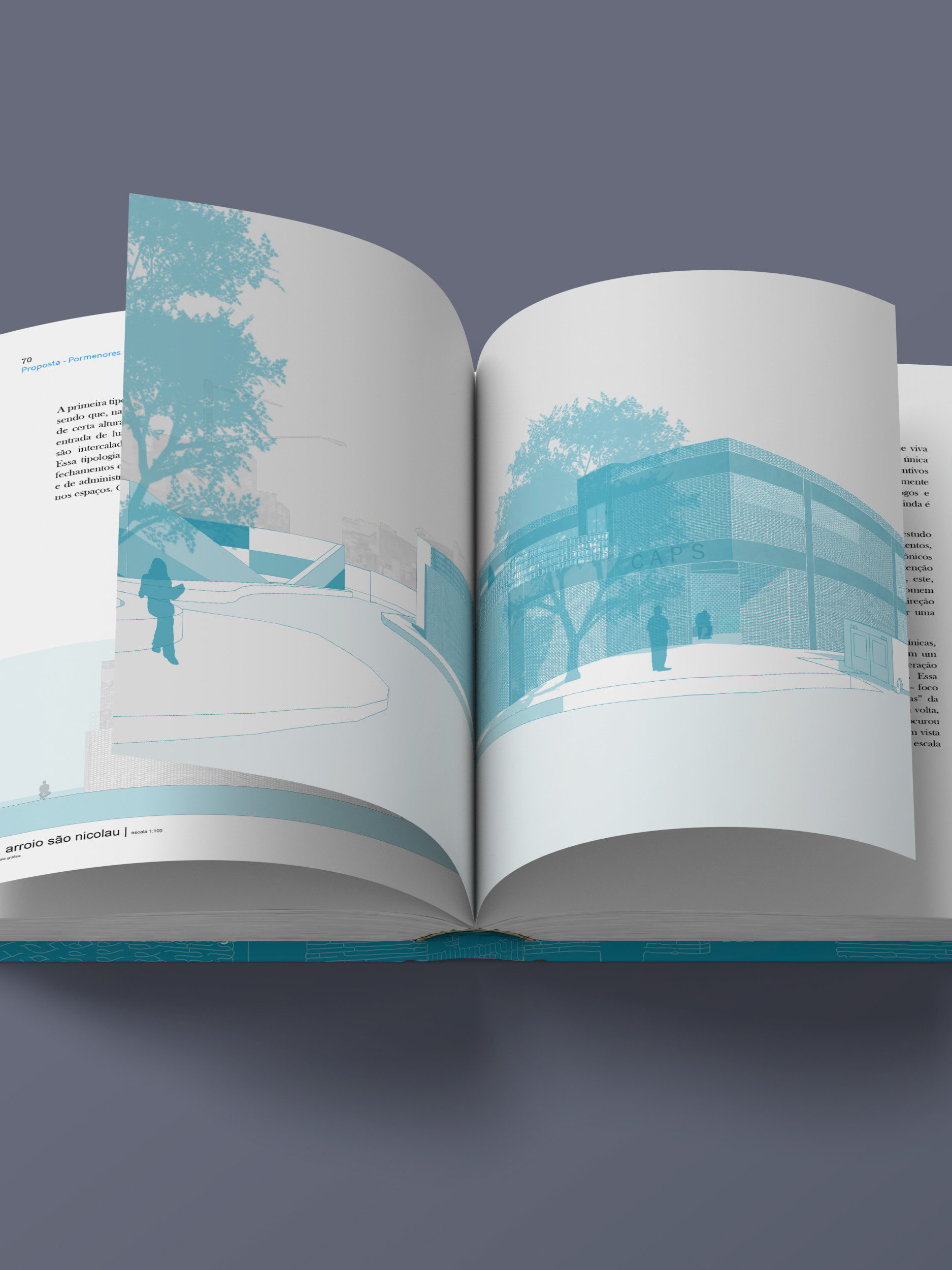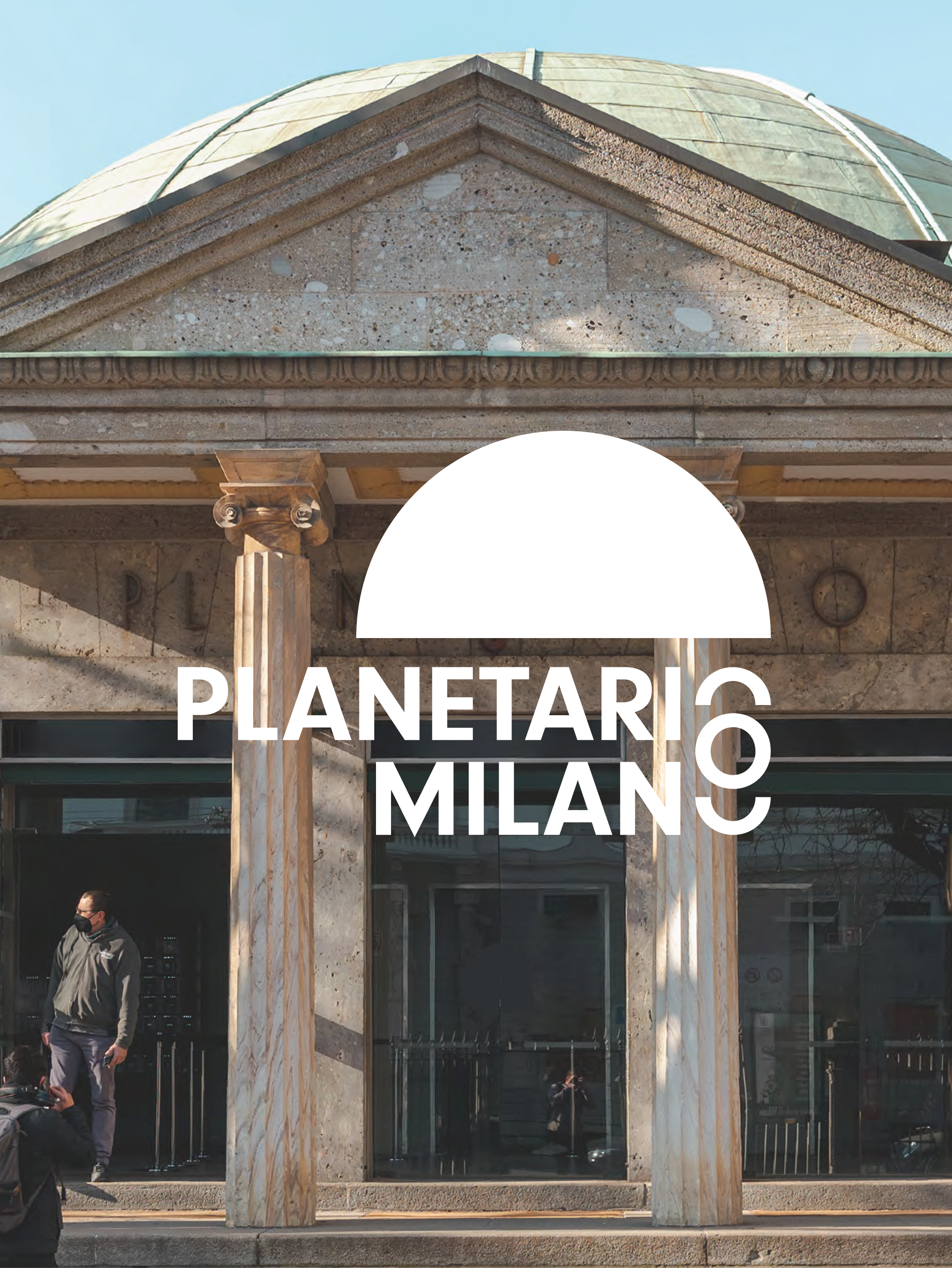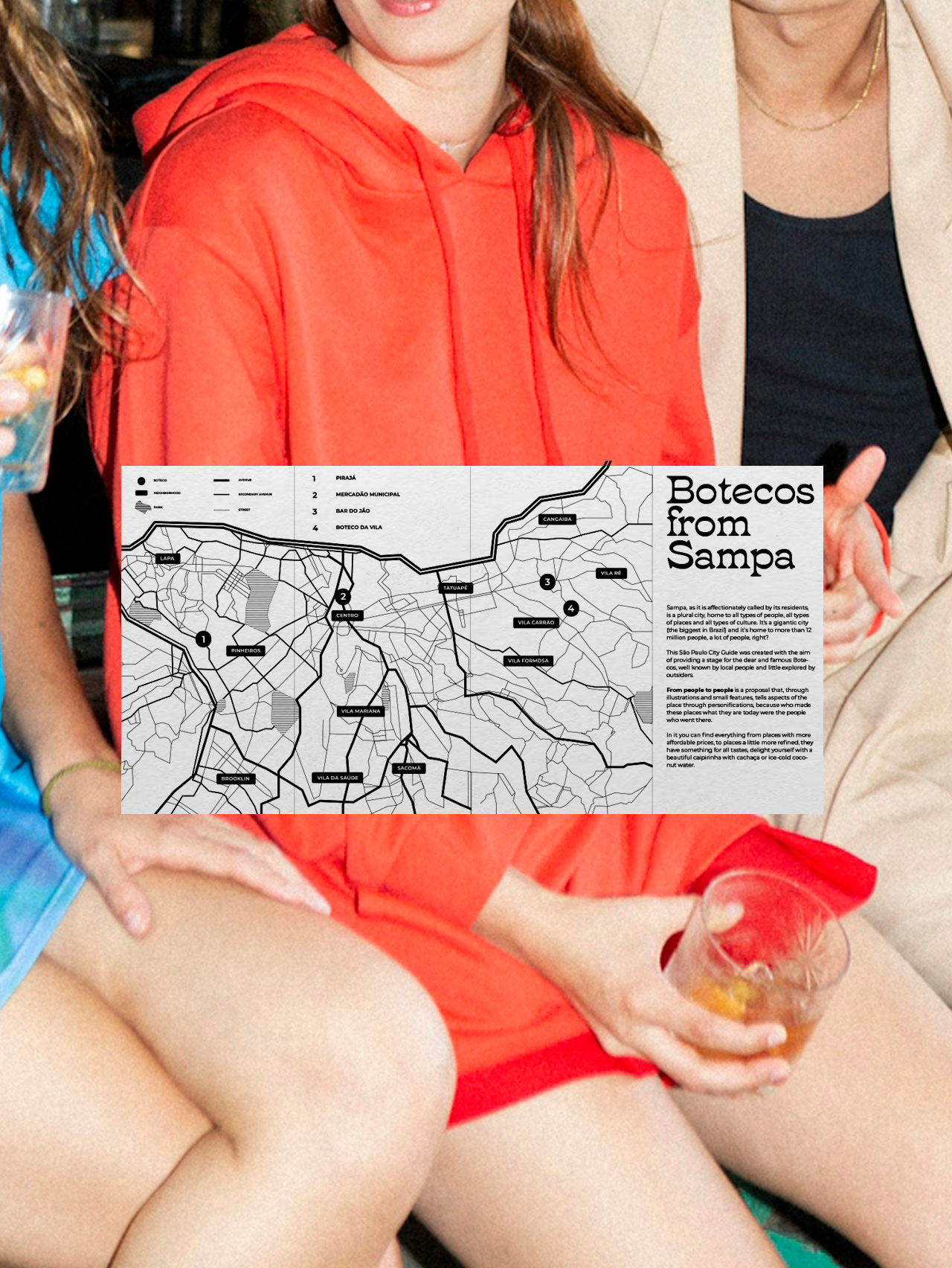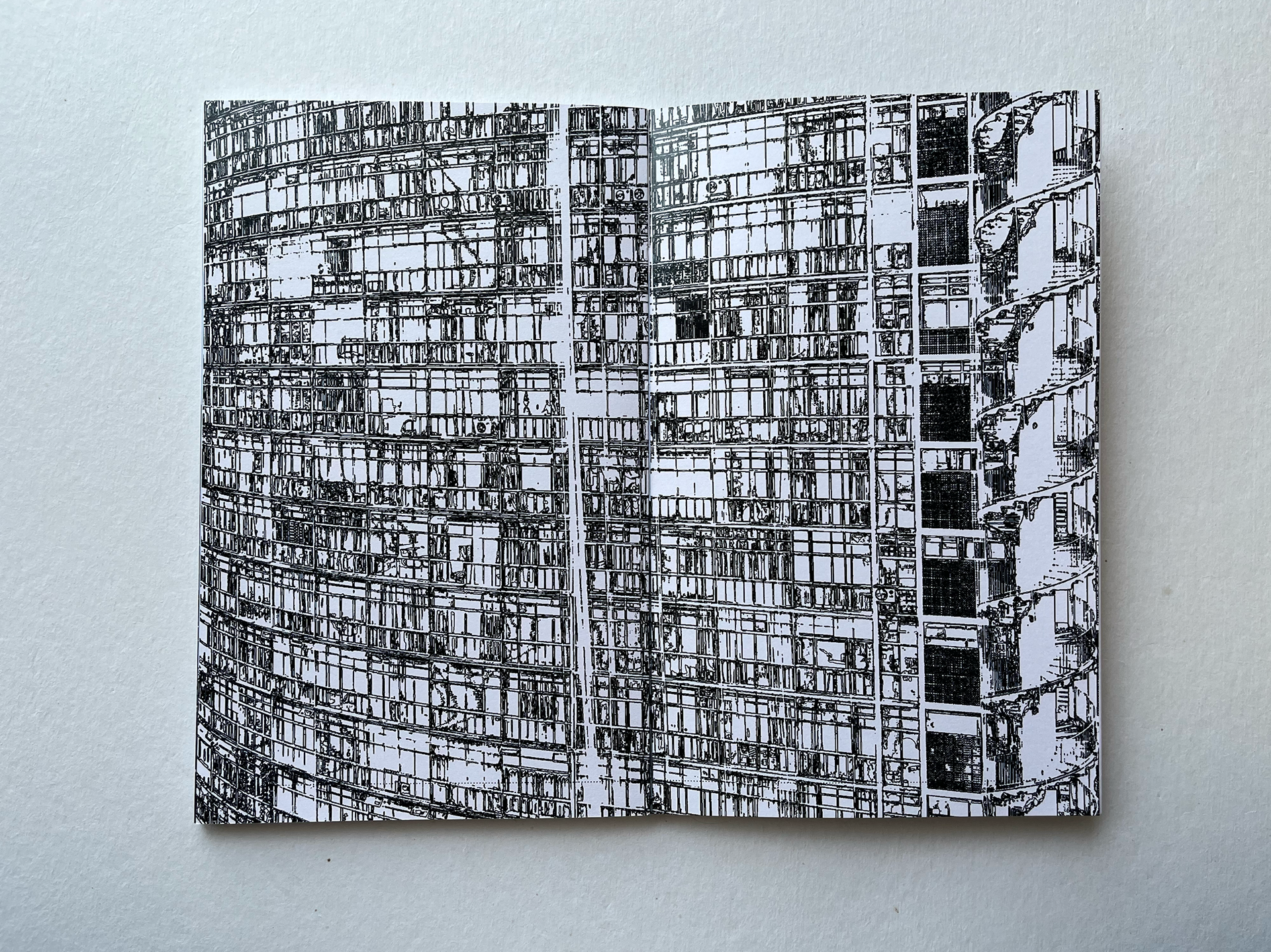
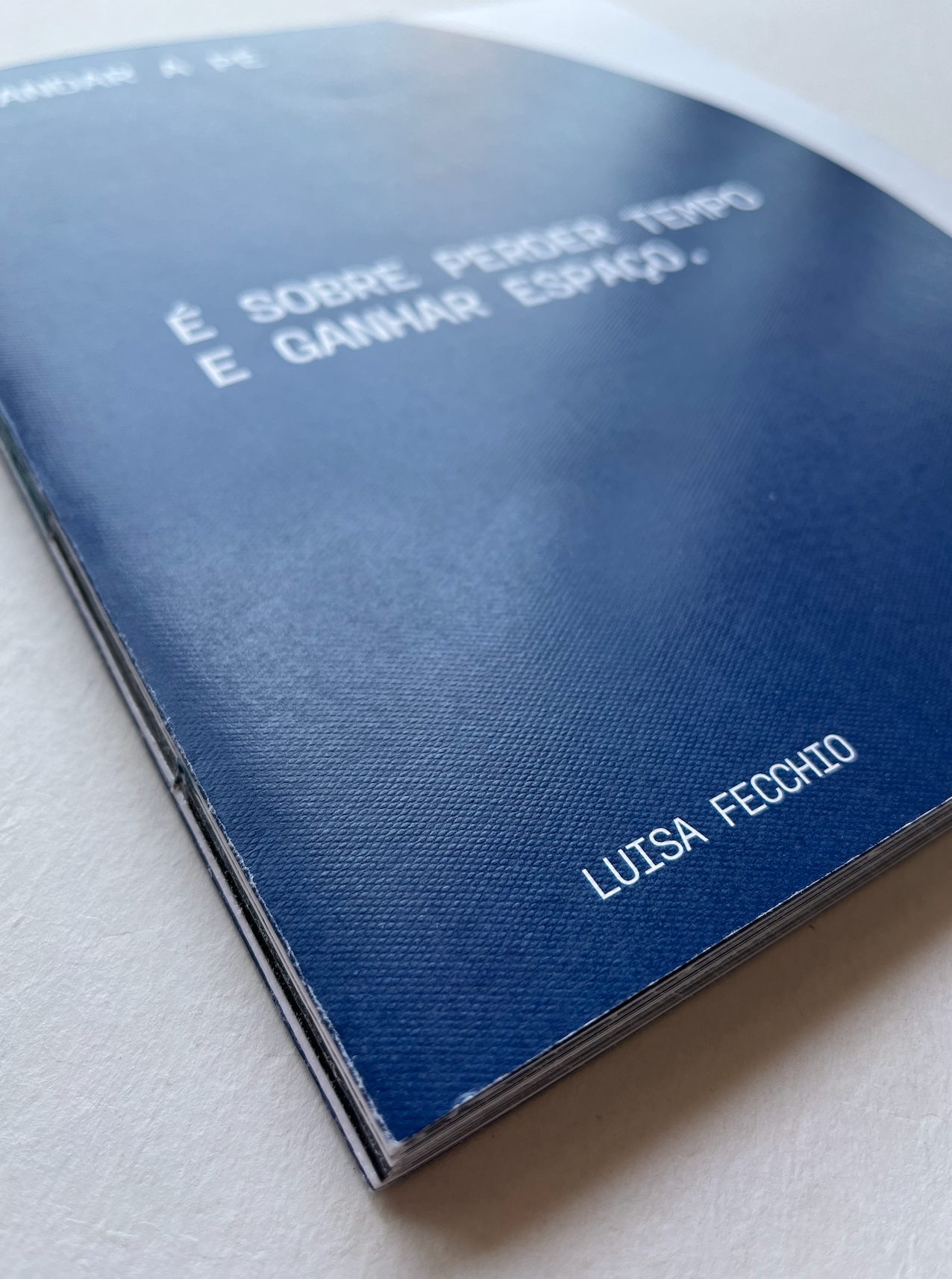
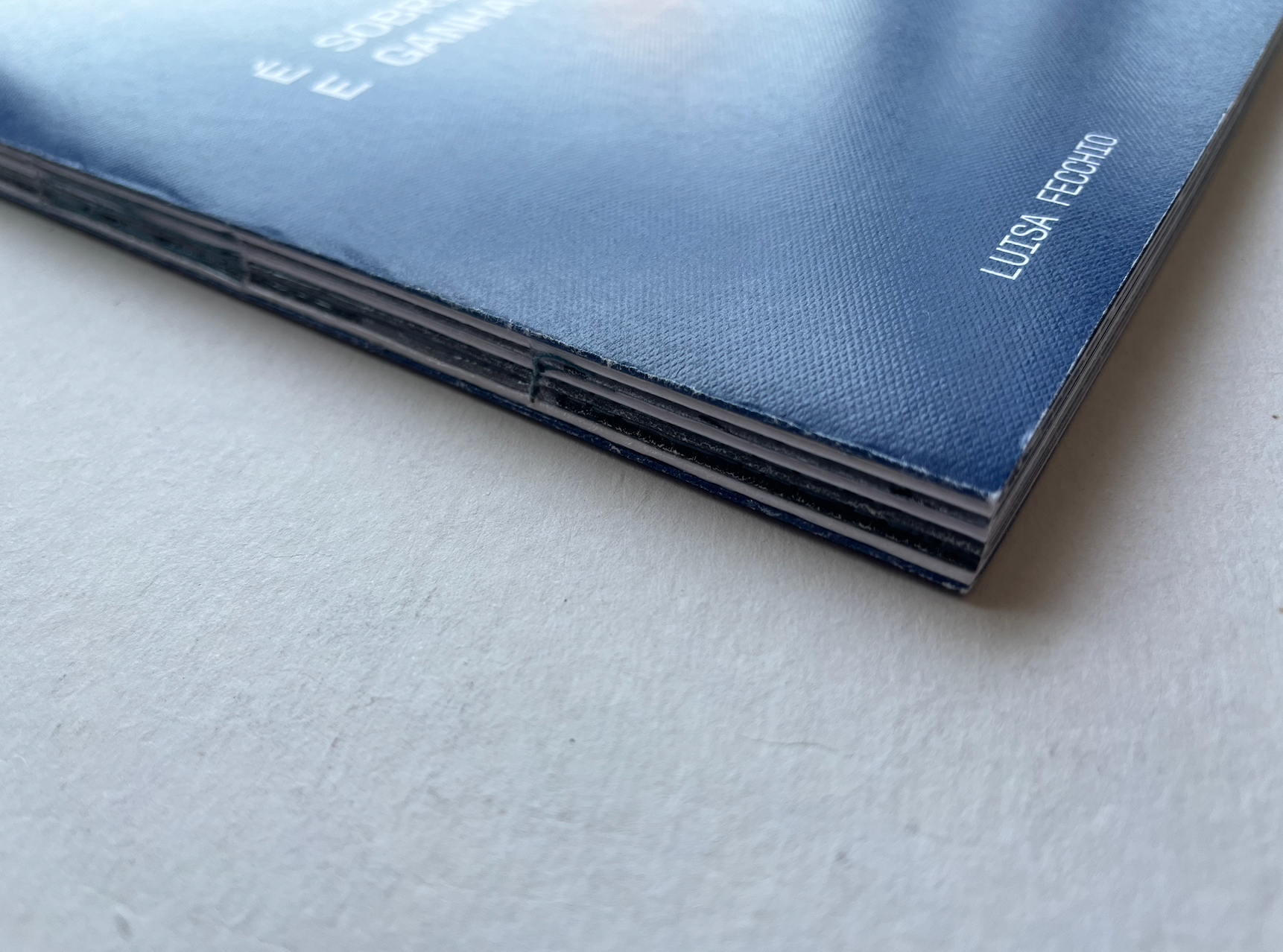
This is my undergraduate thesis project for the Federal University of Technology – Paraná. It is composed of a set of three books that, when brought together, form the poetry of Brazilian everyday life and represent the entirety of the work. The collection includes a photographic book, a book of graphic textures, and a theoretical book. In this project, I sought to intertwine my personal journey as a designer, drawing a parallel with the significance of walking for the designer. Walking, both as a physical and metaphorical act, serves as a foundation for exploring the connection between personal experiences and the creative process. Walking is a crucial part of human history, especially when connected to territorial conquests and global expansion. Around 6 million years ago, human ancestors began walking in search of food and shelter. Over time, walking evolved from a practical necessity into an aesthetic act, influencing interactions with the urban environment. In the last century, walking through the city has become an aesthetic practice, revealing new possibilities and visual details of the urban landscape. Authors such as Francesco Careri and Andrade explore walking as a tool for urban study and human evolution. Careri views this act as a way to interact with the city, while Andrade focuses on the historical and physiological importance of walking. The purpose of this work is to analyze the importance of walking and empirical observation of the city of São Paulo, through photographs that capture urban textures and were transformed into graphic textures. The study began at Pátio do Colégio and followed an undefined path, exploring unique details of the city. The project resulted in three books: one featuring captured images, another showcasing textures created from the photographs, and finally, one telling the story behind the project. The author combines physical walking with a personal psychological journey, including interviews with people who have crossed her life path.



